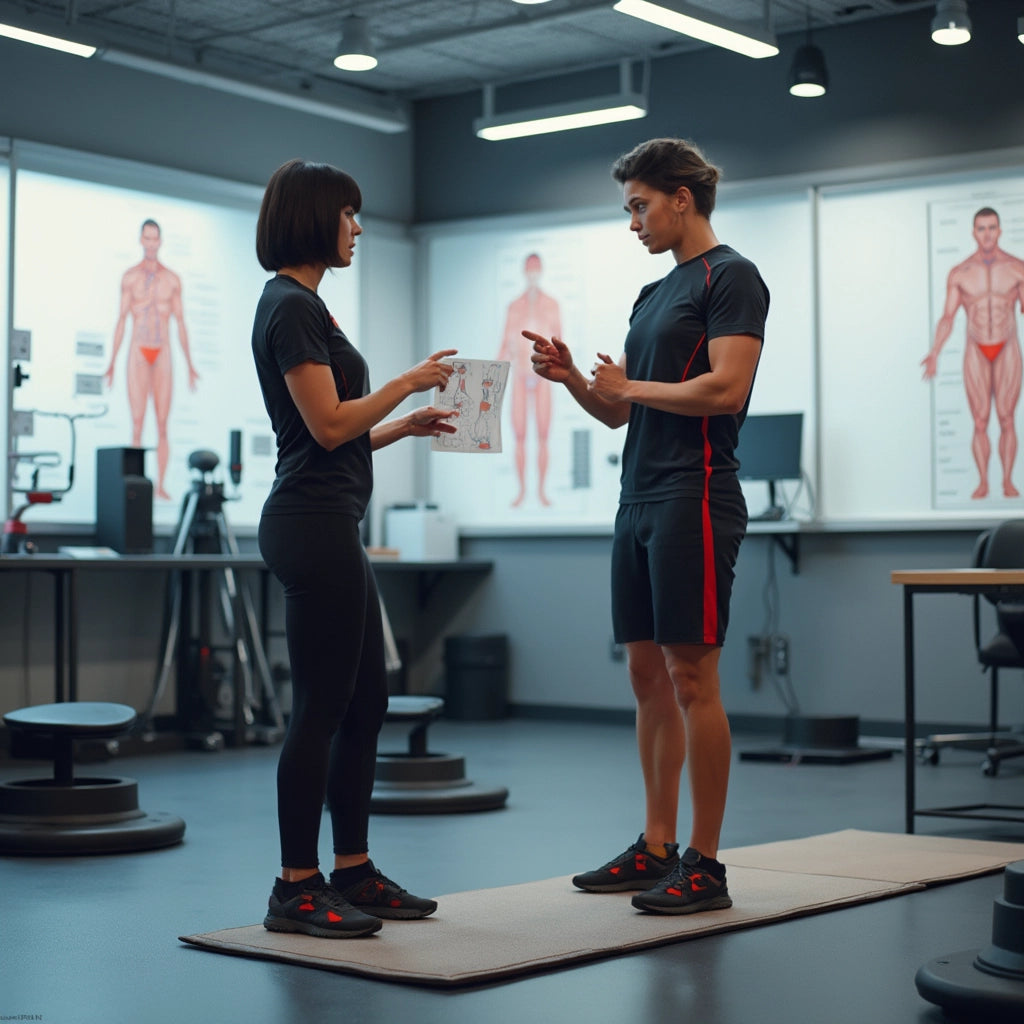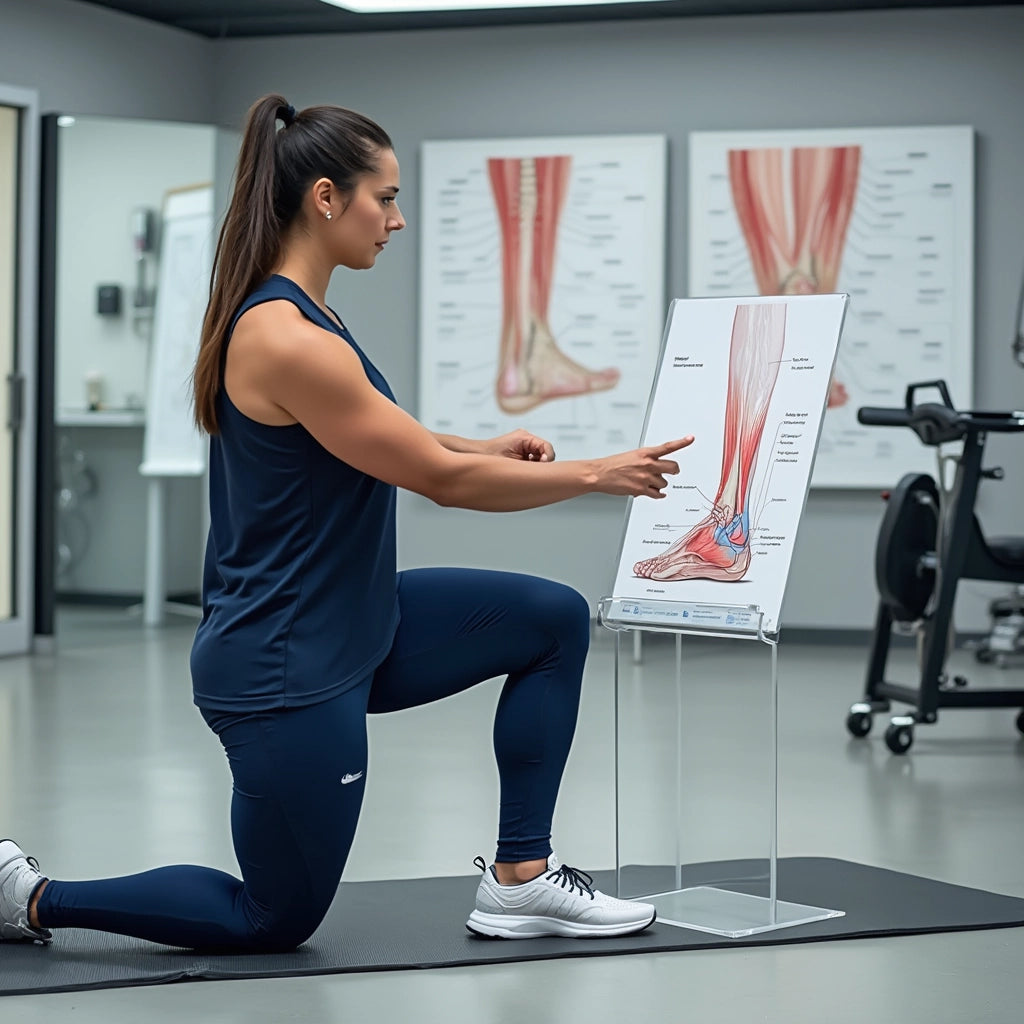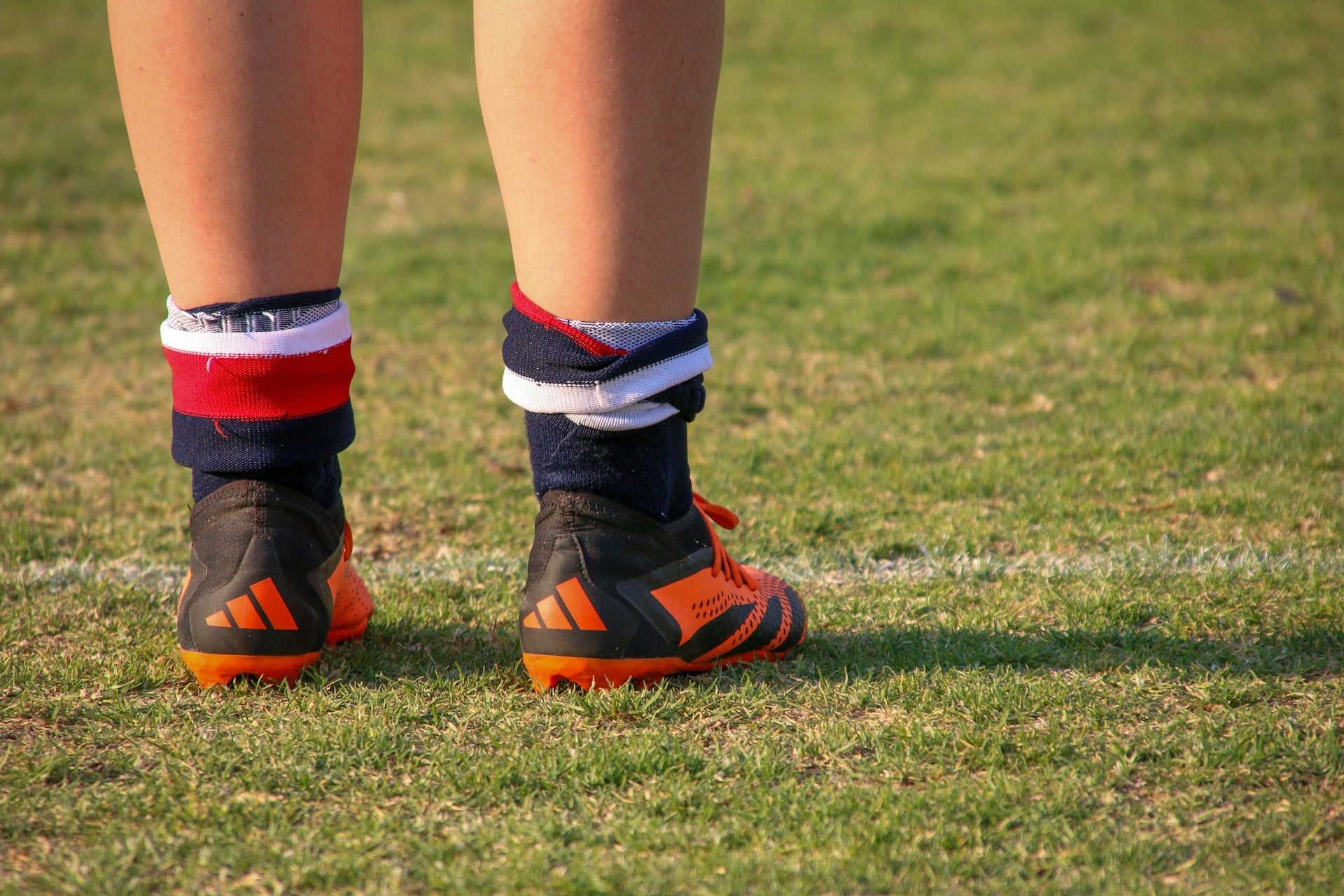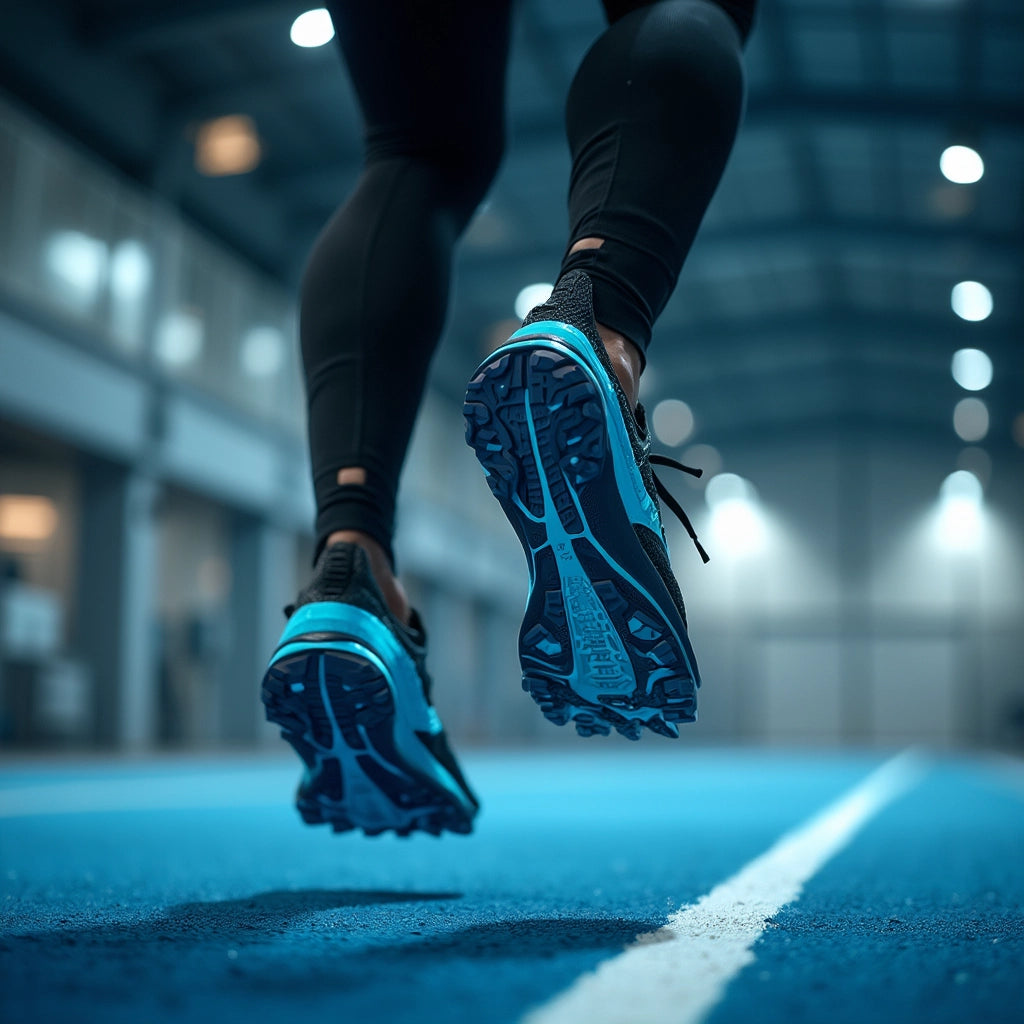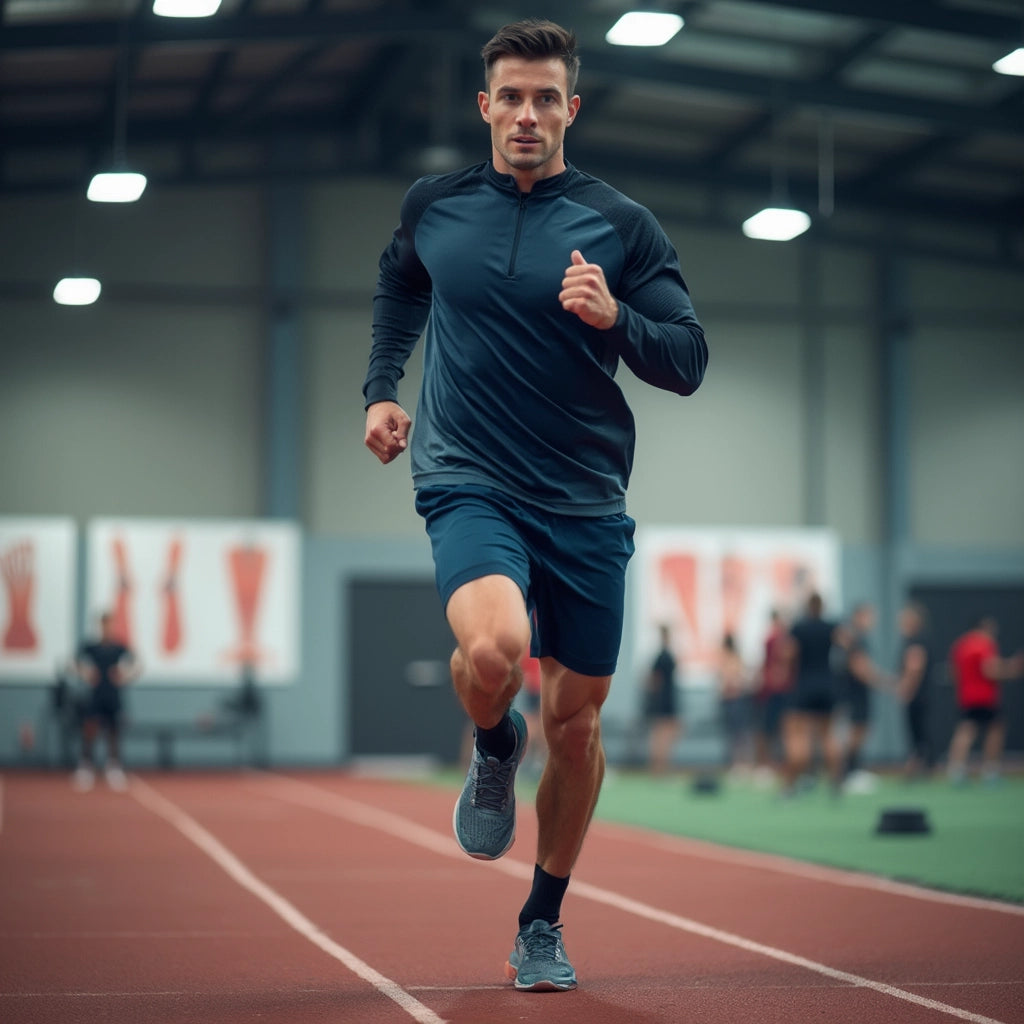Debunking the Myths: Finding the Perfect Grip Socks for Optimal Athletic Performance
Grip socks have emerged as a crucial component in the athlete's toolkit across a multitude of sports. They promise not just comfort but also an edge in performance, ensuring stability and grip on both the field and the court. However, athletes and sports teams often navigate a landscape riddled with misconceptions about these vital pieces of gear. A prevalent assumption is that sock thickness directly correlates with enhanced performance, a notion this article seeks to clarify. In doing so, we aim to guide athletes towards making informed purchasing decisions based on science and individual needs.
Exploring the Impact of Thickness: Are Grip Socks Thick for Optimal Performance?
One ubiquitous myth in the realm of grip socks is that thicker automatically means better. True, thickness can provide additional cushioning and potentially more support, but it might not always translate into superior grip or comfort. In some cases, overly thick socks can even disrupt mobility, impeding an athlete’s natural movement. Thus, the focus should be on striking a suitable balance between comfort and functionality, tailored to the specific requirements of the sport in question.
Different sports inject different levels of pressure on the feet. Soccer, for instance, often demands thinner socks. These allow for a closer connection to the ball through enhanced tactile feedback. In contrast, sports like basketball might benefit from slightly thicker socks, offering more padding and impact absorption to cope with frequent jumps and sprints.
The Role of Material Composition
While thickness is a consideration, material composition plays a pivotal role in the performance of grip socks. Modern high-performance materials are designed to wick away moisture, ensuring breathability and maintaining grip throughout rigorous physical activity. The material also affects durability, another factor athletes should weigh when choosing their gear. Here, the focus should be on securing a pair that not only fits well but incorporates stable grip patterns woven from quality material.
Personal Preferences: Finding Your Perfect Fit
Athletes must consider their personal comfort and physiological needs when selecting grip socks. While the functional aspects are critical, the individual’s comfort level, sock fit, the specific grip required in relation to shoes, and the playing surface all demand equal attention. Taking these elements into account ensures an athlete can perform at their best without being hindered by discomfort or inadequate support.
"The right pair of grip socks can be a game-changer in athletic footwear."
Making the Right Choice: Are Grip Socks Thick the Only Consideration?
In conclusion, while evaluating whether grip socks are thick enough is an element to consider, it does not hold the definitive key to better sports performance. Athletes and sports teams should prioritize a combination of material quality, sock fit, and sport-specific demands when identifying the ideal grip sock. By understanding these nuances, athletes can select the socks that will not only elevate their performance but also enhance comfort and protect foot health.
For those looking to explore custom options or detailed offerings, consider visiting Nextwave Socks to learn how the right grip socks can revolutionize your game.


